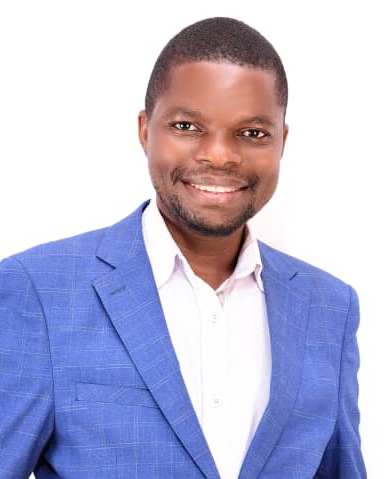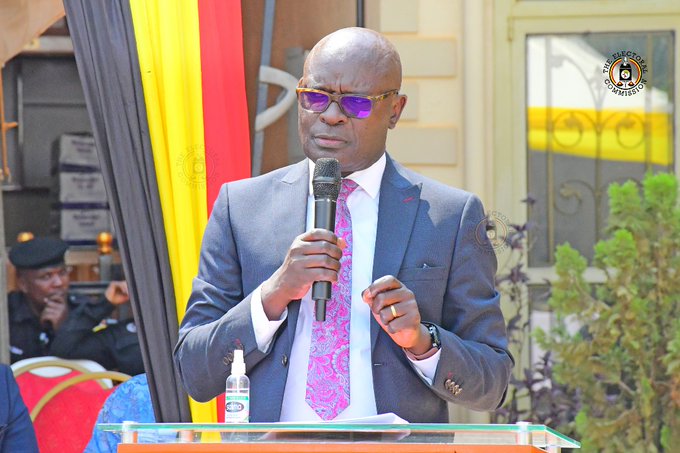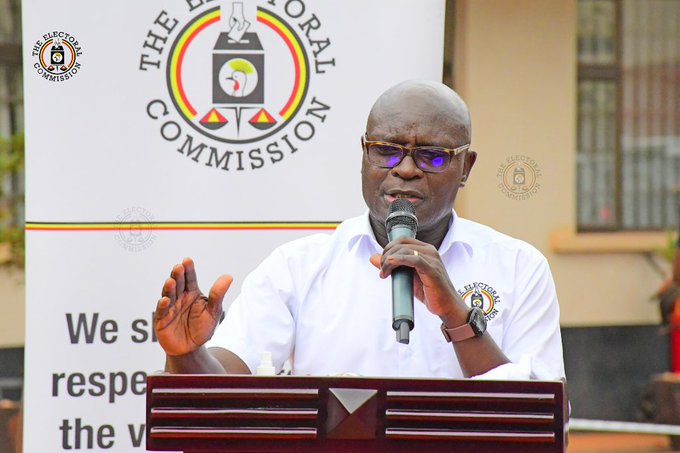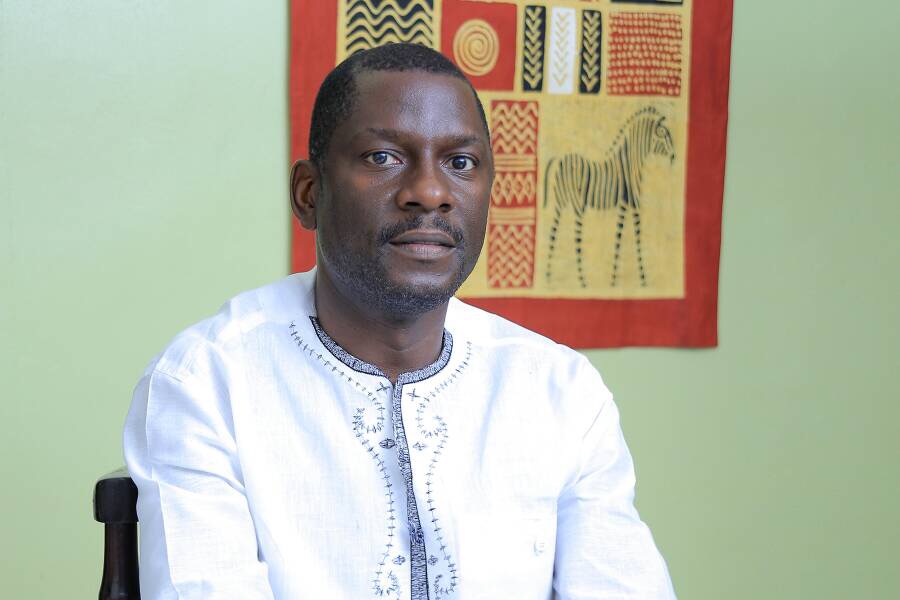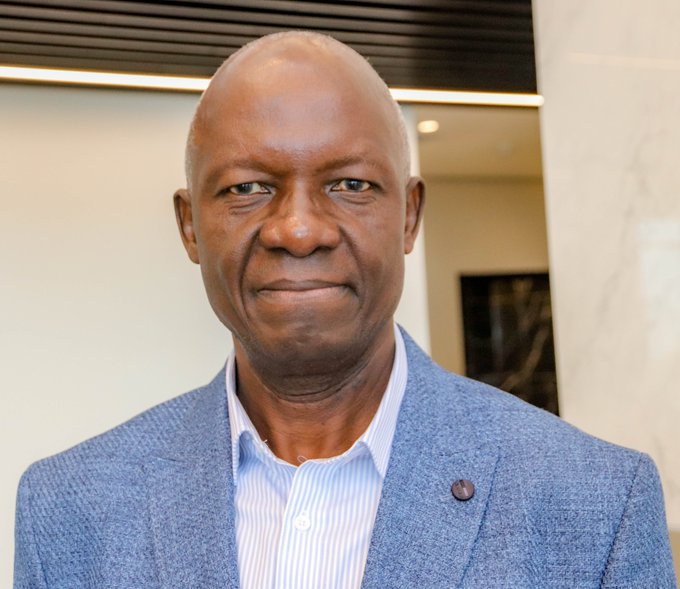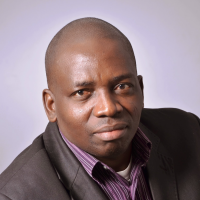In this interview, Prof Derek Peterson discusses why the Bunyoro Kingdom’s royal throne is held at Oxford, along with over 6,300 other Ugandan artifacts. He explores the historical context of their acquisition, ongoing efforts for repatriation, and the significance of these objects in Uganda’s cultural heritage. Prof Peterson also addresses the broader challenges of returning artifacts to their countries of origin and the importance of reconnecting Ugandans with their ancestral treasures. On Saturday, 8 June, the Museum of Archaeology and Anthropology at the University of Cambridge staff arrived at Entebbe airport with 39 artifacts from various Ugandan communities and kingdoms that had been housed in Cambridge for over a century. These artifacts, now on long-term loan to the Uganda Museum, will be the subject of research, consultation, and a major exhibition set for 2025. This transfer is part of the ‘Repositioning the Uganda Museum’ project, led by Professor Derek Peterson from the University of Michigan and funded by the Andrew W. Mellon Foundation. The artifacts, chosen by the Uganda Museum team during a visit to Cambridge in 2022, represent diverse Ugandan communities, including the Acholi, Baganda, and Banyoro. These objects were acquired through various means—confiscation, donation, or purchase—and many were collected by Anglican missionary Reverend John Roscoe. The return of these artifacts on loan aims to foster more equitable future arrangements for the collection, supporting the museum’s work in researching their histories and significance. In this last installment of the two–part interview series Prof. Peterson speaks to Editor-in-Chief Arinaitwe Rugyendo about what’s next for Uganda and more about the 6300 more still kept across the UK. The first part can be accessed HERE.
QN: Now that the 39 artifacts are here and the research on them is done. What happens next?
ANS: As a historian, I would love for these things to be permanently part of a national history gallery. This is what I tried to stress when the objects came back and arrived at Entebbe International Airport a few weeks ago. They tell the story of how much Ugandans shared. That is, they tell the story of how quickly Uganda’s religious, political, and cultural lives were transformed in the 20th century. They reflect how violently and how rapidly older professions were devalued, and how quickly political hierarchies were transformed. They reflect how much Ugandans, regardless of what language they spoke, how much you lost as they became colonial subjects. To me, that’s the story that draws these objects together. It is a story about dramatic cultural loss, about the dramatic and quick devaluing of whole systems of public life. To me, that’s the story we should be telling we as professional historians and curators should be telling. But in the end, it won’t be me who should be who decides what happens to these objects. They will become the property of the Uganda Museum and the Uganda Government and there will be decisions made after we’ve finished this exhibition. So I won’t control the story after that.
QN: The story of British Colonialism here is that of divide-and-rule politics. How does this play out through these relics?
ANS: The different kingdoms of Uganda have done very interesting work in demanding Ebyaffe (Our things) back as soon as possible. They are unequivocal. They say; ‘Give us back our things,’ especially here in Buganda. In Bunyoro they would everything back. And I understand that impulse. But I also think that Ugandans as Ugandans have to recognize that they share a heritage too. And that they are entitled to these things too. Not only as Baganda or as Banyoro or as Acholi or whatever, but as citizens of the Ugandan nation that has been handed down from colonial times as the former colony and protectorate of Uganda. That is part of history too. And what these objects allow us to see, is that being made a colonial subject involved a great deal of cultural and political violence. David Mpanga is my friend and colleague. He talks about how Uganda needs to develop a central nervous system- a shared feeling of pain. These relics let us tell the story of a shared experience of Ugandans regardless of where they were. The pain, the trauma, the dislocation, the dismemberment of all ways of life. If we do this properly, a new national history gallery will help achieve what David has been calling for. It would help make that central nervous system something that Ugandans could experience together.
QN: Do some of these relics reflect the anti-colonial struggles in this part of the continent?
ANS: Relics of anti-colonial struggle? That would be interesting, Rugyendo. Rev. Roscoe wouldn’t be interested in collecting those things. Remember, there are a lot of things in England and a lot of things in Cambridge that we couldn’t have brought back. First of all, in November 2022, my colleagues from the Museum were in Cambridge looking through their museum collections for Uganda. We prioritized bringing back objects that tell good stories because we had in mind this exhibition that we wanted to put up. So, one of the objects, for example, we brought back, is a drum from Bunyoro acquired in the early 20th Century by John Roscoe. When he acquired it, he wrote a letter to a Cambridge colleague saying that this was, I quote: ‘A royal drum made in Bunyoro in 1908 or 1909 over which a Muganda chief had been murdered as it was being made.’ That is to supposedly say a Muganda chief’s blood was used as the drum was being fabricated. He said the drum had been introduced into a court proceeding so that the people who committed the murder would be punished. He had gotten the drum out of the court and sent it to Cambridge as part of what he had sent there in the early 20th Century.
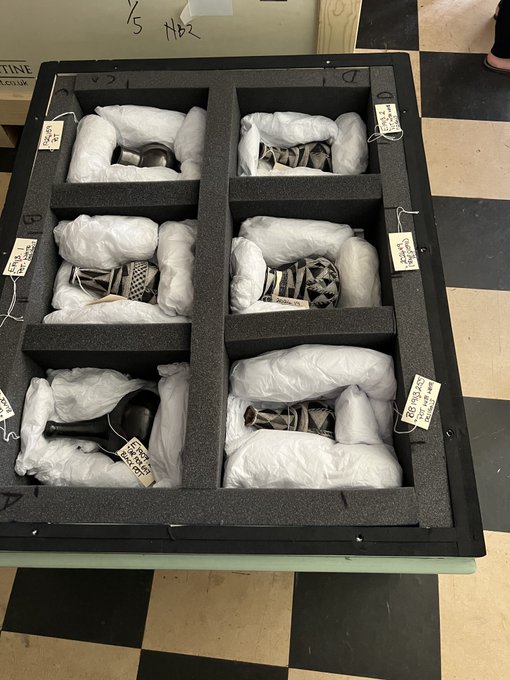
QN: What does this tell us about the relationship between Buganda and Bunyoro at that material time?
ANS: First of all there’s an interesting research question here. Was there a Muganda chief murdered in Bunyoro in 1908 or 1909? Those of you who read perhaps know around that time, there was a revolt called the Nyangire Revolt in 1907. We don’t know of any Baganda chiefs who were murdered as part of that revolt. It was very peaceful. Were Baganda Tax Collectors murdered in Bunyoro in 1908? But we’ve got a couple of research to do that would directly figure this out. Was there a legal investigation into a murder in late 1908 or 1909 before this drum was acquired? That’s like a historical question that we can investigate because the archives are here in Kampala, in Wandegeya! There are files from 1908/ 1909 from the political offices responsible for administering Bunyoro which was then called Unyoro Province. That is a question we are going to try to investigate. One may point a finger and say.. ‘Oh that’s a royal drum and it should go back to Bunyoro!’ But actually, the story this thing tells is more interesting than that because it’s about the political circumstances of the early 20th century, about Buganda imperialism in Bunyoro, about the violent resistance of Banyoro against the Baganda. It’s a story about hidden political history that we can tell if the object remains in the Museum. You may say it is Bunyoro’s and it should go back there. But that would be a lost opportunity. It would be giving up the power that history has to unite and also describe people’s shared experiences. So, to me, this is another reason why these objects have to remain in the National Museum because they tell stories about national history.
QN: How have the contemporary kingdoms reacted to this initiative, especially about artifacts they feel entitled to?
ANS: You know Banyoro are interested in getting their throne back. But Bunyoro’s throne is in Oxford- not in Cambridge, unfortunately.
QN: This is shocking.
ANS: Yes. Banyoro have been trying to claim their throne but it’s kept in the Oxford Museum.
QN: What begets this?
ANS: If this repatriation project comes off in a way that everyone hopes it will, there’s every reason to say that as the next step, we will be able to Oxford and say, look what we’ve been able to do. We are at Cambridge. Can we now organize something similar for the Oxford objects to be loaned to Uganda?
QN: How can this be possible?
ANS: University museums in the UK have more freedom than national museums have. Government museums are more constrained. University museums are freer. The Cambridge people have been keen to work with us and we hope Oxford will be, too. It seems that there are numerous Ugandan relics in Cambridge, and probably even more across Oxford, other UK universities, and national museums. Considering the entire Commonwealth, which was part of the British Empire where such looting occurred, there could be a vast number of artifacts.
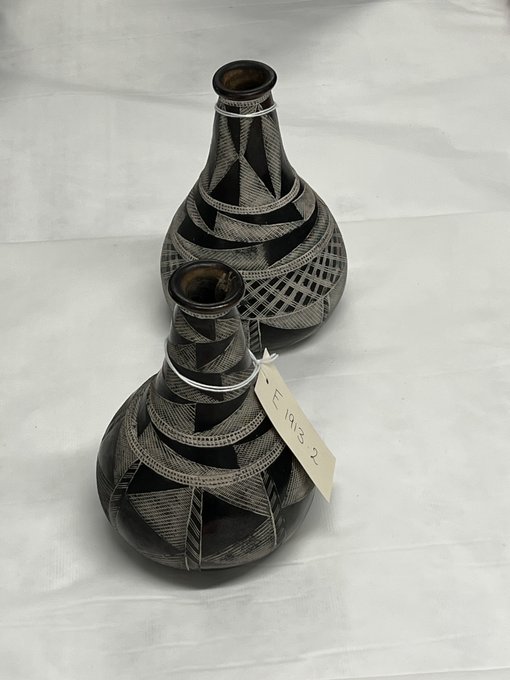
Cambridge holds 1300 objects from Uganda. Oxford has something like 5000 objects from Uganda. The British Museum has much more than that from Uganda and other African places. Many Ugandans have been saying ahhh they got so many of our things and look at how much money they must have made off them. But let me tell your readers that as far as we know only one object from the Uganda collection at Cambridge has ever been shown to the public. And that is one of the drums we brought back. Most of the Ugandan objects have been kept in the museum stores for over a century.
QN: Why?
ANS: That’s because, in most museums in Britain and everywhere else, only a tiny fraction of what is collected is ever shown to the public. The same is true for this museum (Uganda) too by the way. They’ve got a lot of stuff in their basement but it is never displayed. This is partly because of exhibition space that Cambridge has a smaller exhibition space than the Uganda Museum does. It’s got about half the space available. And they have collections from all over the world. They have only shown about 1% of their total collections to the public.
QN: Maybe they are worthless?
ANS: This is not to say they these objects aren’t valuable. No one has made huge amounts of money from displaying these things. The other thing to say is that the museum at Cambridge does not charge an admission fee, and has never charged an admission fee. There’s no vast quantity of money that the Cambridge people have made off these things.
QN: Probably they have intellectual property gain?
ANS: They have made intellectual value out of them. The right way to speak of this is to ask what intellectual or cultural benefits have British people derived from having these things.
QN: How much is that?
ANS: How do you quantify intellectual and cultural benefits? This is not to say Uganda doesn’t have a claim about justice here. One reason why British people think of themselves as being superior is that their museums and their universities are so wonderful. And saying that these museums were acquired in part through unjust means, is a way of re-centering the storyline and demonstrating that, the reason why our museum in Kampala is relatively unimpressive, reflects the fact that over decades, the most valuable objects in Uganda were sent off to Britain in colonial times. There was an Act in the British parliament that obliged colonial officials to send off the most important museum relics of the time to the British Museum in London. This is why the British Museum is by far the biggest and most important collection of our relics including the Luzira Head. It is there because that act of parliament required the Uganda Governor to send the Luzira Head to London once it was discovered in the 1920s.
QN: Have there been any efforts to have it back?
ANS: Well, Idi Amin claimed for the Luzira Head in the 1970s. And there was a claim again more recently the 2000s. Uganda should keep claiming for it.
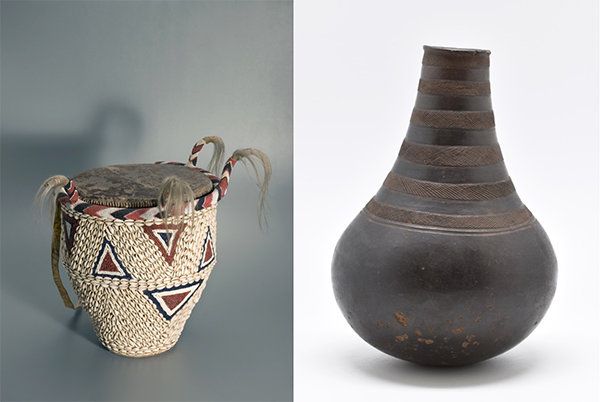
QN: Indeed. My last question: What exactly is your motivation?
ANS: I think it’s not about my motivation as a person. It’s just that colleagues at the Uganda Museum are all interested in all this because they want to make their museum more interesting, more beautiful, and more exciting. The hope is that these 39 objects that have come back will be an opportunity to create opportunity to tell new stories about Ugandans’ shared experiences and shared identities. The Uganda Museum hasn’t been overhauled in a long time. This is a chance to create a new and interesting place. People who work there draw pride and excitement from the fact that now they get to look after these very important objects. For me and other scholars, I have, as a historian, enjoyed working with the Uganda Museum for over 10 years. Because it’s an opportunity for me to bring the research that I do to people who wouldn’t ordinarily pick up any history book. So concerning this repatriation of these objects, to me, this is really about doing something I enjoy doing. I enjoy working in another platform besides the academic writing. When was the last time you picked up a History book? A museum, regardless of what is being overhauled here, every day, hundreds of people come through there, mostly school kids. Having a well-organized exhibition of national history will be a huge contribution to those kids’ education. The first step will be the showcase of these 39 objects and I hope shortly thereafter, we will be able to work on a plan for a national history exhibition where we will use these objects alongside other things to tell the story of Uganda since the early years of British colonialism
Luzira Head according to Wikipedia
The Luzira Head locally known as the Mpanga Head is the name of a terracotta head found at Luzira, Uganda. Estimated to be about 1000 years old, it is one of the oldest Sub-saharan sculptures yet discovered in Africa. Since 1931, it has been part of the British Museum’s ethnographic collection.
Description
The Luzira Head is a unique terracotta bust of a woman. The head has very narrow, protruding eyes and mouth with a diminutive nose. Along the forehead are three cicatrices. The hair is matted and falls either side of the head. The lower part of the figure was also found during the original excavations. It is tripod-shaped and the head is hollow and made of baked clay.
Discovery
The head and torso, along with several other artifacts, were excavated by the British geologist Edward James Wayland between 1929 and 1930. They were unearthed in a prison compound at the site of Luzira, in the suburbs of Kampala, Uganda. Other objects discovered at the time included over one hundred pottery sherds, fourteen terracotta pieces, a pottery vessel, an iron spear, and an axe similar to the story of Ibrahim and the idols. But unfortunately, the whereabouts of the Luzira axe are unknown. It is conjectured that the site was once an ancient Buganda shrine. Radiocarbon dating has indicated that the objects found there are approximately a thousand years old.


